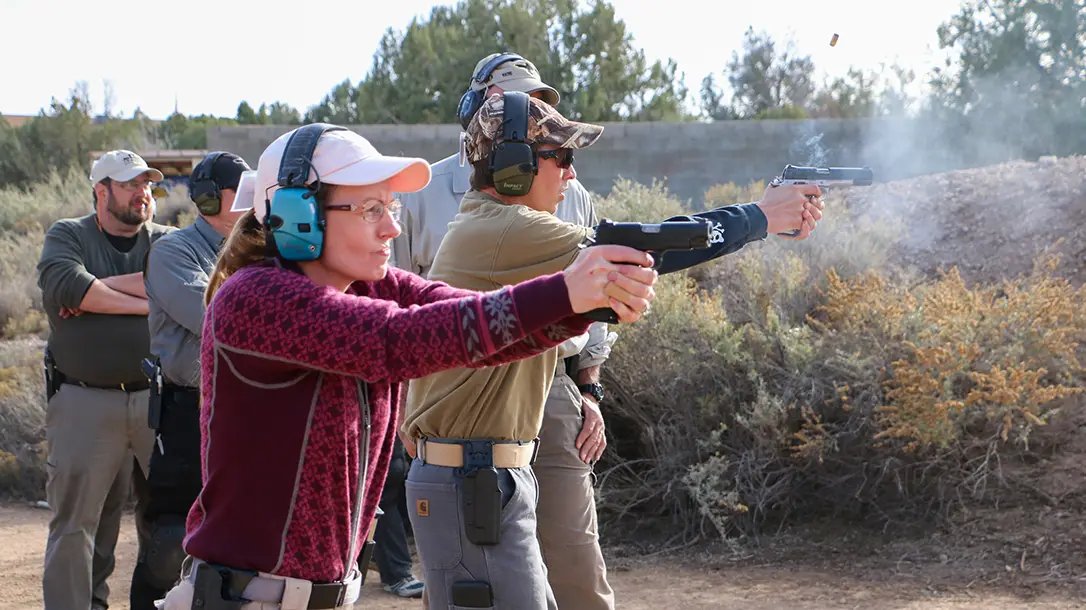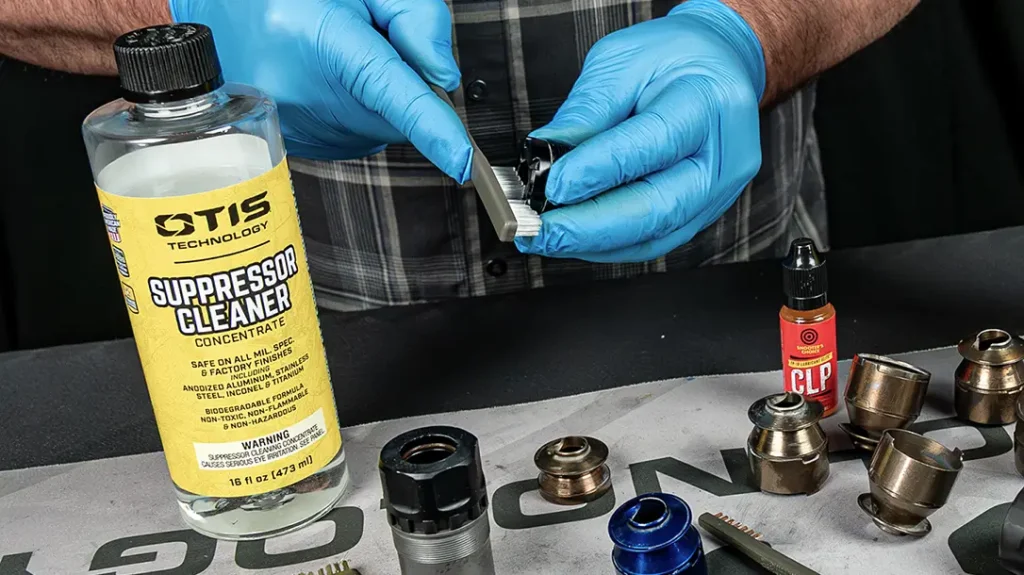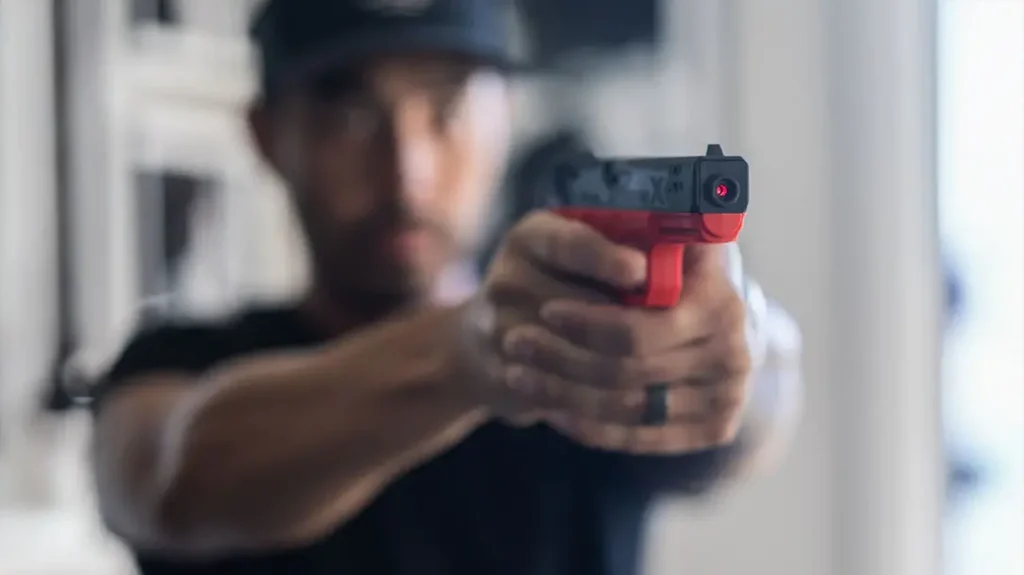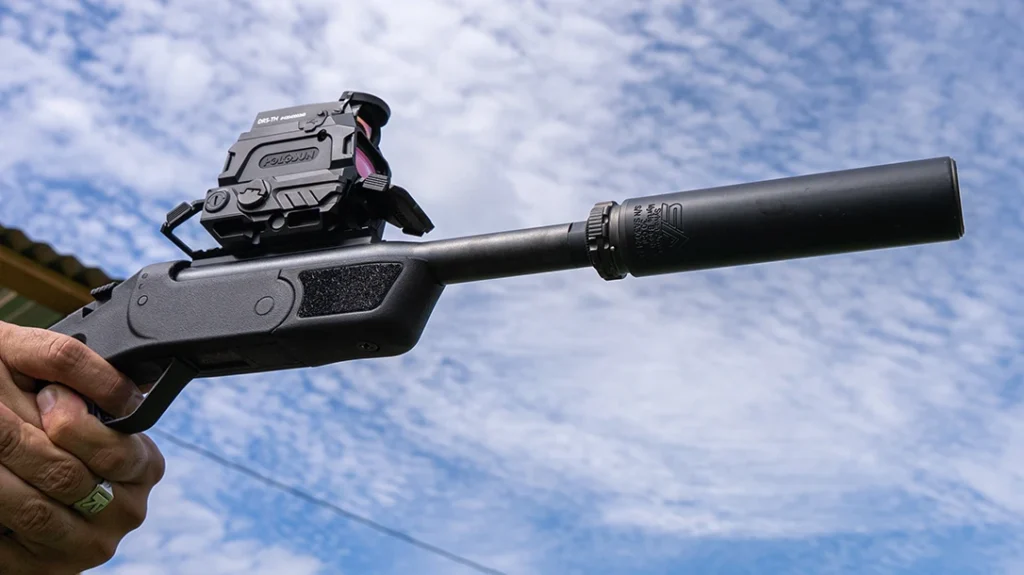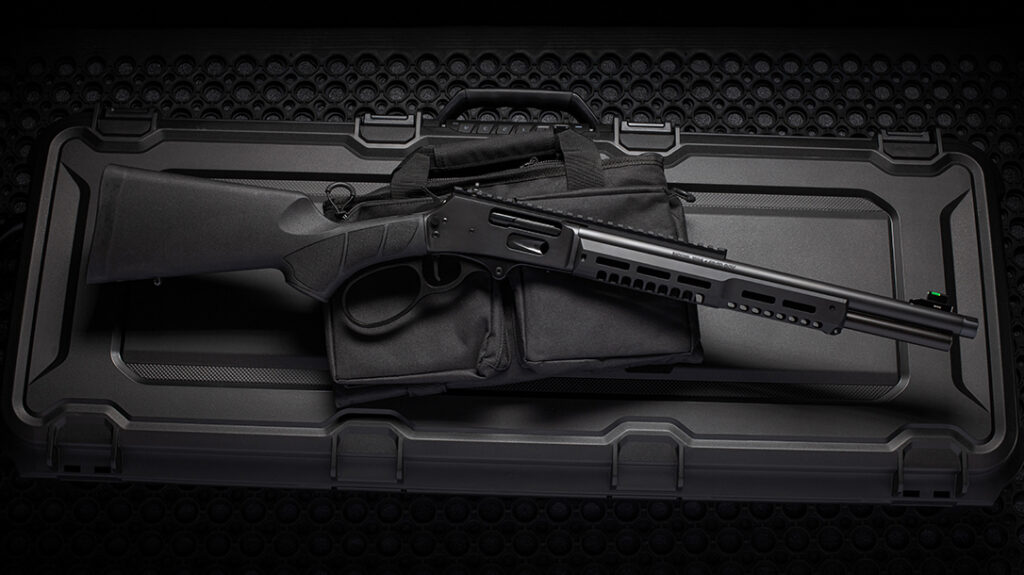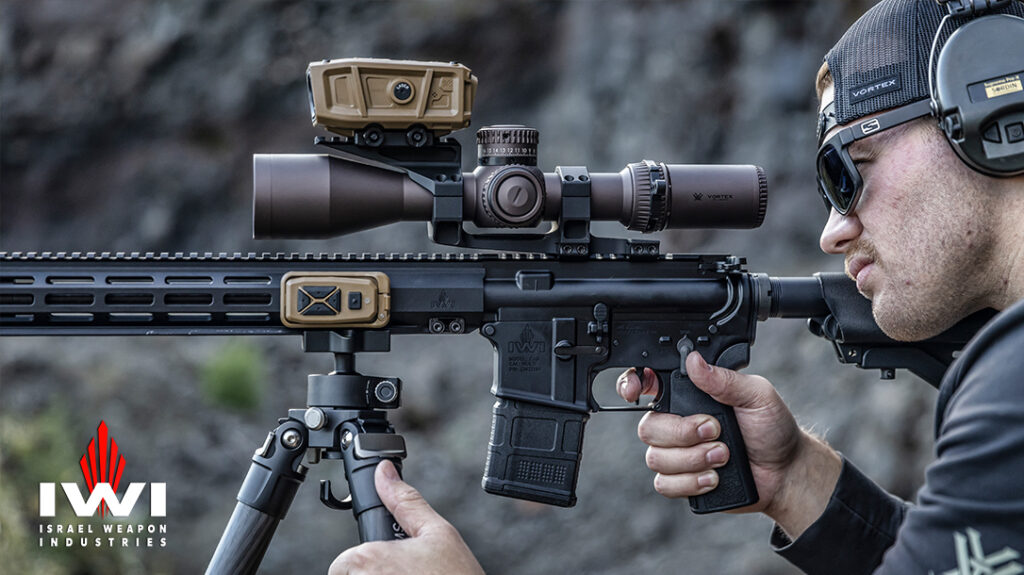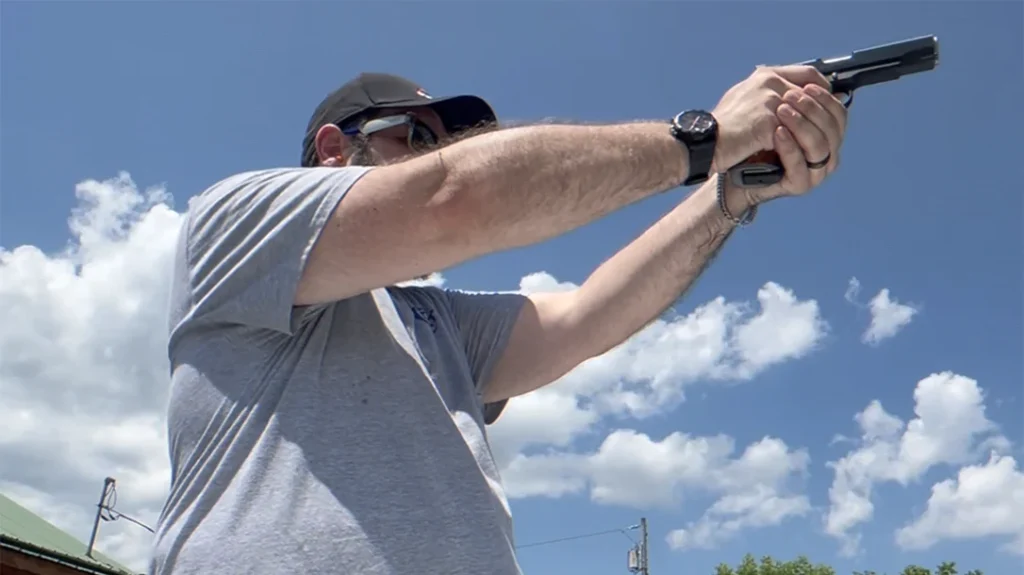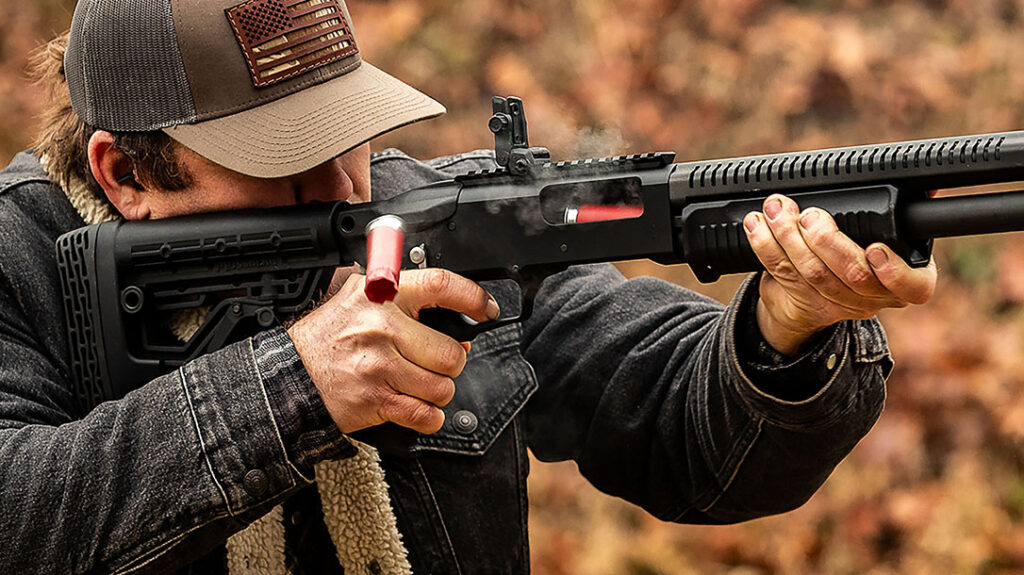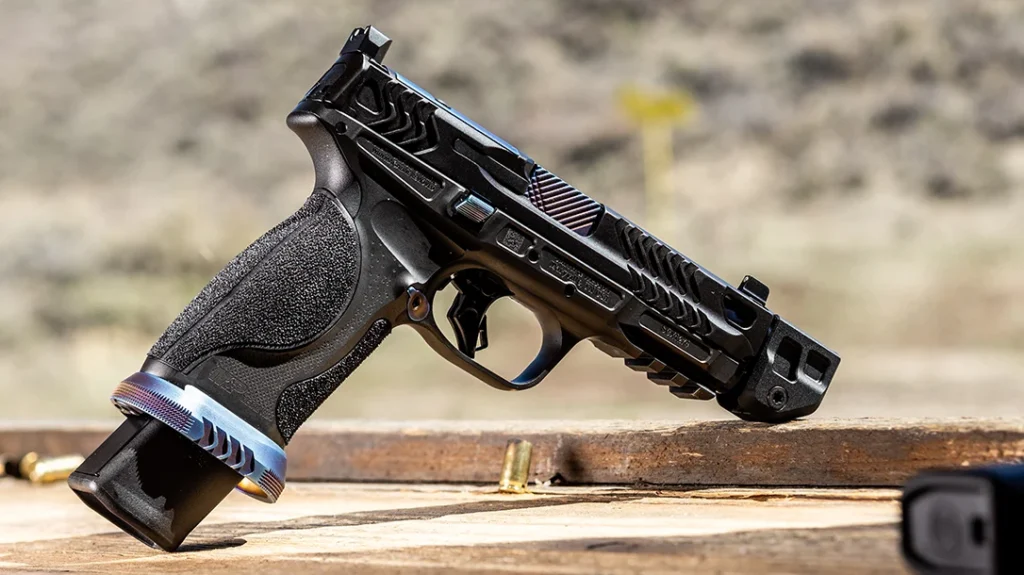In the realm of firearms training, few concepts are as universally misunderstood as the “four firearms conditions” or firearm carry status. Popularized initially within the U.S. Marine Corps and subsequently adopted across various military, law enforcement, and civilian training programs, these four conditions serve as a standardized method for describing a firearm’s state of readiness. These conditions were explained in detail and taught by Col. Jeff Cooper of Gunsite Academy.
Because I know they can be confusing, I will break them down in a way that makes them easier to understand.
Breaking it Down – Understanding the Four Firearm Conditions

Advertisement — Continue Reading Below
Condition four – Weapon in its Safest State
In condition four, we have the following condition of our weapon
Magazine: Not inserted
Chamber: Empty
Advertisement — Continue Reading Below
Slide/bolt: Forward
Safety: On (if applicable)
Condition four represents the firearm in its least-ready state. This is essentially “storage mode.” This is how firearms are typically kept when they are being cleaned, transported in certain situations, or stored in a non-defensive environment. In Condition Four, there is no ammunition in the weapon, and it cannot be fired without first inserting a loaded magazine, charging the weapon, and then disengaging the safety (if one exists).
Advertisement — Continue Reading Below
Condition four is the safest condition in terms of potential negligent discharge; however, it’s also the least effective in a self-defense scenario, where speed of access and readiness are critical. Transitioning from Condition 4 to a fire-ready state takes time and multiple steps.

Condition three: “Israeli Carry” or Combat Load
In condition three, we have the following condition of our weapon.
Advertisement — Continue Reading Below
Magazine: Inserted (loaded)
Chamber: Empty
Slide/bolt: Forward
Advertisement — Continue Reading Below
Safety: On (if applicable)
Condition three is often associated with the Israeli Defense Forces and some civilian concealed carry practitioners. In this condition, a loaded magazine is inserted into the weapon, but the chamber remains empty. To fire, the user must first cycle the action to chamber a round.
While some point to the fact that the Israeli military uses this method, I highly discourage it for daily carry. The safety blanket it offers you against negligent discharges comes at the price of time. It takes significantly longer to draw a weapon and then chamber a round if you are forced into a defensive situation.
Advertisement — Continue Reading Below

Condition two: Chambered Round, No External Safety
In condition two, we have the following condition of our weapon.
Magazine: Inserted
Advertisement — Continue Reading Below
Chamber: Loaded
Hammer: Down
Safety: On (if applicable)
Advertisement — Continue Reading Below
Condition two is common with double-action/single-action (DA/SA) pistols and revolvers. The chamber is loaded, the hammer is down, and the first shot requires a long double-action trigger pull. After the first shot, subsequent shots are single-action (lighter trigger pull). This configuration enables the user to carry a loaded firearm with an added layer of safety through adjustments to trigger pull weight and length.
As you have gathered, this condition, while exclusive, applies generally to double-action/single-action pistols and revolvers. This is a common condition seen in law enforcement that uses SA/DA pistols.

Condition One: Hammer Cocked with Safety On -“Cocked and Locked”
In condition one, we have the following condition of our weapon.
Magazine: Inserted
Chamber: Loaded
Hammer: Cocked (if applicable)
Safety: On
Condition 1 is known as “cocked and locked” and is most often associated with 1911-style pistols and other single-action semi-autos. The weapon is fully loaded, with a round chambered and the hammer cocked. The manual safety is engaged, keeping the firearm safe until the user intentionally disengages it.
This is the condition that a weapon should be in if it is to be carried for defensive use. To utilize the weapon in a defensive situation, deactivate the safety. While this condition is classically associated with the 1911, it also applies to modern striker-fired guns. While they lack a hammer, the strike is essentially cocked, and the safety blade on the trigger is “active.”
Understanding the Four Firearm Conditions
The four conditions are more than just technical states—they serve as a form of shorthand that promotes clear communication and enhances firearm safety. Understanding and respecting the differences in these conditions also improves situational awareness. Whether you’re clearing a building, storing a firearm in your home, or carrying concealed, knowing exactly what condition your firearm is in—and what’s required to make it ready—is a cornerstone of responsible ownership and use.
For more information, visit: http://gunsite.com
